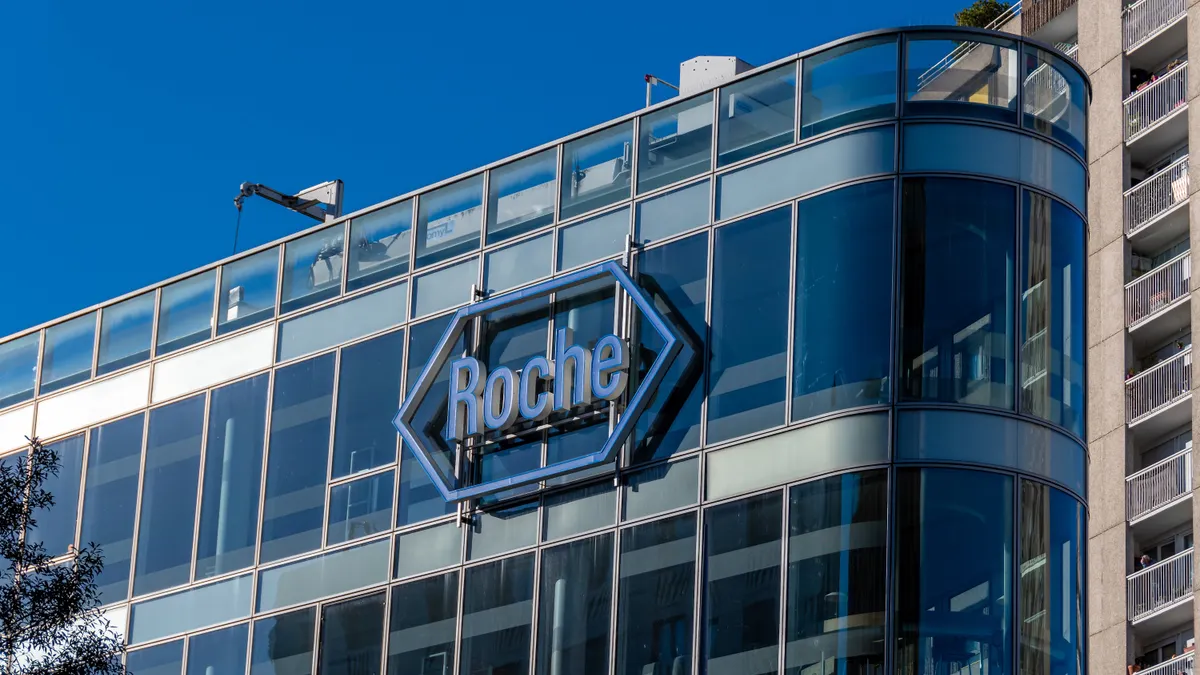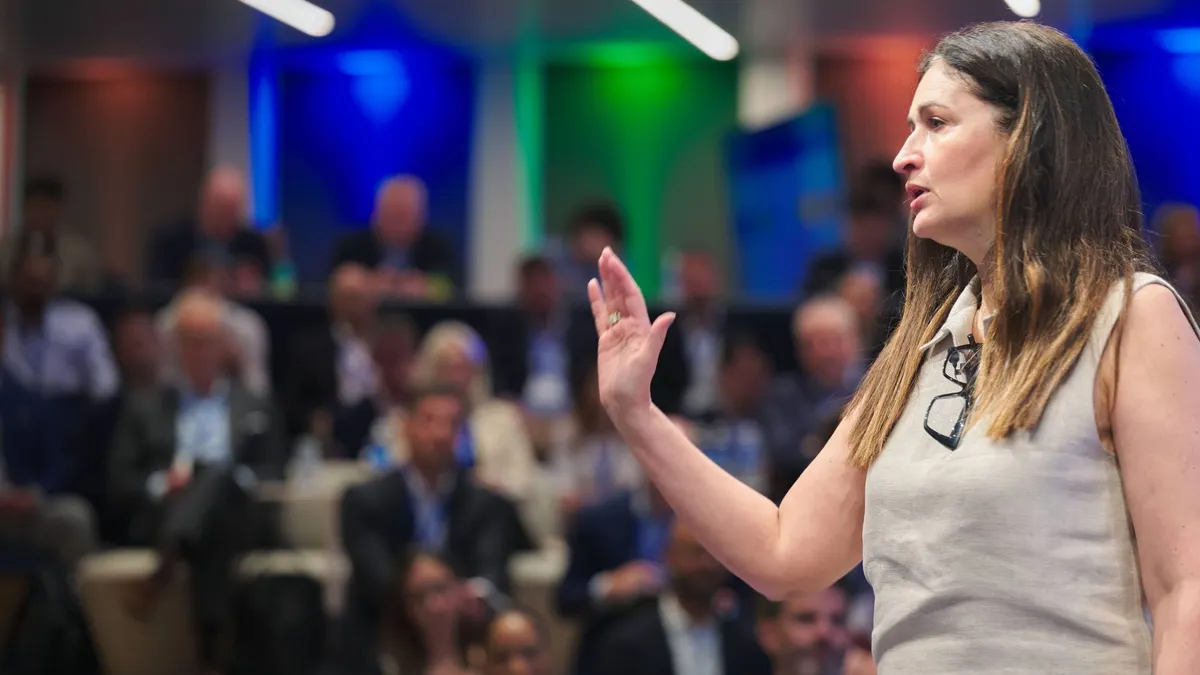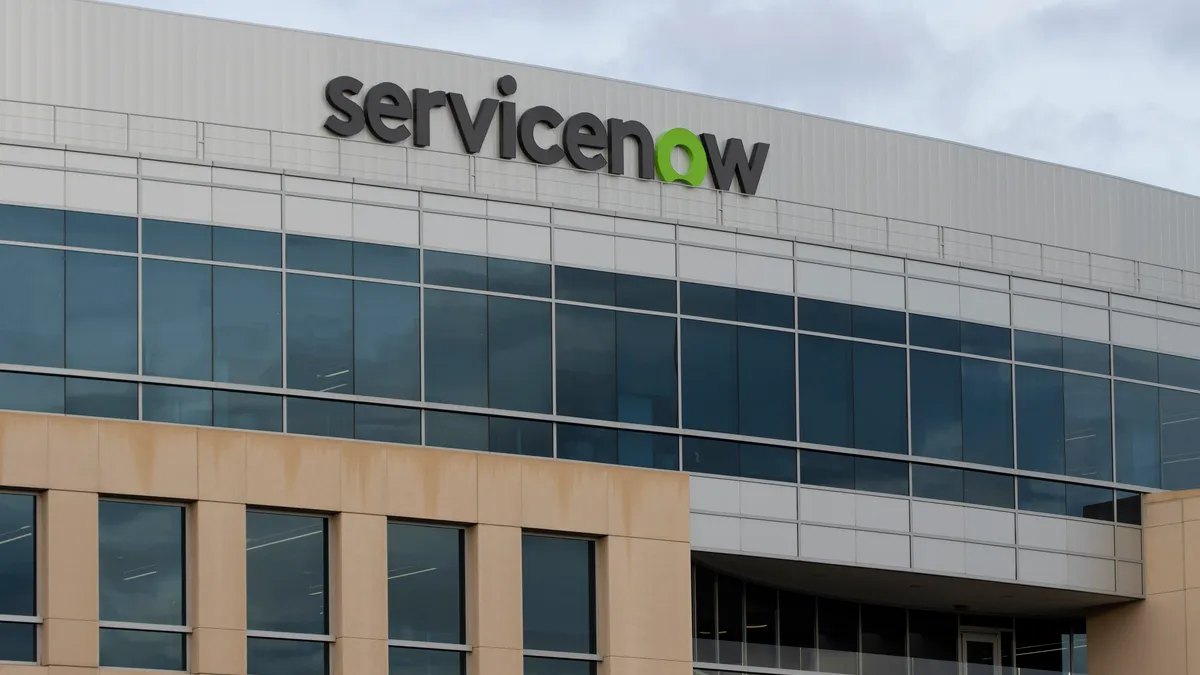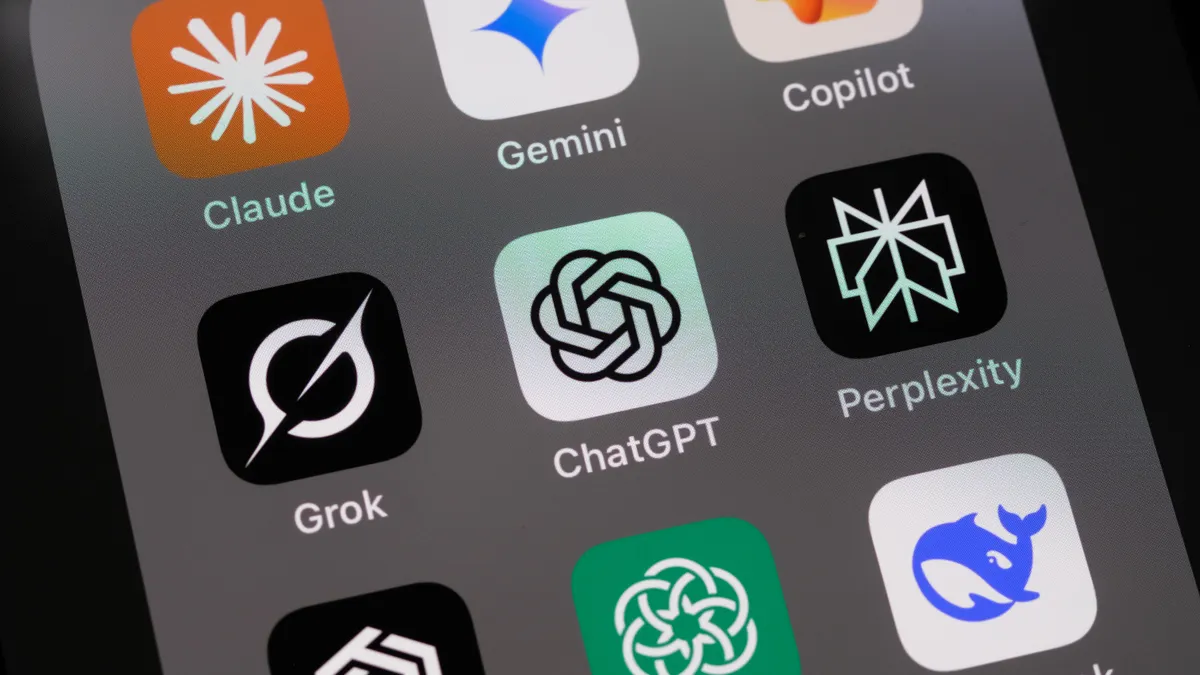Enterprise data stores expand day after day, piling up over the course of years. After decades of accumulation, unlocking the potential of even a curated estate becomes a herculean task.
At Roche, the nearly 130-year-old global pharmaceutical powerhouse, a tangle of mismatched systems stood in the way of efforts to extract deeper insights from customer data. Modernizing an ecosystem spread across more than 100 countries would also help mobilize AI adoption.
“The transactional systems were all different,” Joao Antunes, lead engineer of platforms and data strategy at Roche, told CIO Dive. “Point to any technology and there would be a country using that technology.”
The company was funneling customer data into multiple CRMs dispersed across its global network when Antunes’ team began a massive cloud-based modernization effort four years ago.
The aim was to build a system that could deliver to its sales team a unified profile for each healthcare professional in its customer base. By consolidating the platforms, Roche created a runway to launch a machine learning-based assistant Antunes compared to the recommendation engine that fuels Netflix. The efforts also led to the deployment of a generative AI-powered summarization tool with chatbot capabilities.
“With a heterogeneous landscape, it’s very hard to scale any analytics solution,” Antunes said. “It’s virtually impossible to have a holistic view of the customer.”
When executives peer across vast enterprise data estates, they invariably see potential for unrealized value. Revamping legacy data systems, breaking down silos and preparing an IT estate to deliver a return on investments in analytics and AI capabilities takes time, resources and strategic vision.
It’s a process enterprises are grappling with across industries, according to Gartner. Nearly two-thirds of organizations lack the data management capabilities to implement AI or are unsure if their processes are up to snuff, the firm said in a February report. Data architecture overhauls were on the agenda for more than one-third of chief data and analytics officers Gartner surveyed last year.
For Roche, the value of data modernization has already come into sharp focus, both in day-to-day operations and the larger picture of systems simplification.
“As of today, we only have one CRM system that gives us one view of the customer — it’s the same in Switzerland and in France and in Brazil and Canada,” Antunes said. “You will see the profile and you will also know that this customer is the same person that is writing scientific publications, or is a trend-setter on Twitter. All of these things we didn’t have before.”
There was a broader payoff to paring down systems in order to upgrade analytics.
“For a company the size of Roche, it would be very difficult to have the same platform across the board and not necessarily beneficial,” Antunes said. “But if you are ingesting the same customer data multiple times in multiple places through multiple vendors, you can save a lot of money just by moving to a common platform.”
Enterprisewide buy-in
Big wins emanate from small victories, particularly in an organization as expansive as Roche. Modernizing the company’s customer analytics capabilities was an incremental process that needed executive support and bottom-up buy-in.
The view from 2025 looks pretty good.
The company recruited Chief Digital Technology Officer Wafaa Mamilli to lead global IT strategy in January. Mamilli, who previously held technology executive positions at Zoetis and Eli Lilly, took charge of the company’s Informatics function from Alan Hippe, who’d served concurrently as CIO and CFO.
Mamilli prioritized leveraging data and AI to “prevent, stop and cure diseases” in the appointment announcement.
“The appointment is a sign that we are putting more emphasis on data as one of the key pillars for the strategy moving forward,” Antunes said.
Roche’s customer analytics improvements unfolded incrementally as Antunes’ team targeted practical applications to build enterprisewide momentum for a multiyear project.
“We didn’t try to take over the world all at once — we were learning while we were scaling,” said Antunes.
As the data team grew from five to more than 100 engineers, it focused on rolling out the content recommendation system that was piloted in Brazil and Canada before broader deployment.
“We migrated their local solutions to our platform, decommissioned things that were no longer needed and added things where there was value to be added and then we started to gain traction,” Antunes said.
The first tool proved a larger concept about the value of a leaner, more agile data architecture.
“This was never only about the content recommendation system,” Antunes said. “For us, it was more about setting the building blocks for many other analytics products.”
There was resistance along the way, as processes changed to align with the data architecture. The central platform, which leverages AWS Redshift cloud data warehouse and Salesforce CRM, had to cater to stakeholders across territories with varying levels of technical know-how and different workflow processes.
“Implementation goes way beyond the technology,” Antunes said. “It's a lot more about people and processes, getting the alignment, getting the buy-in and pushing back when it's time to push back.”
Narrowing the scope of data modernization was also a key aspect of the plan. Roche has decades-old records. The migration was confined to data needed to fuel use cases with business value.
“You need to be strategic with your resources,” Antunes said, pointing to the time it takes to move and process data.
“If there’s 20 years of data, people will tell you they need all of it,” he said. “What are you going to achieve with 20 years of data that you can’t achieve with four or five years of data? You have to have that conversation.”
Modernization efforts can also get bogged down in an endless quest for the perfect technology. While some tools are better than others, staying focused on the specific requirements of a project has its merits, too.
“We stay abreast of the latest technology and try to get the best we can,” Antunes said. “At the same time, we’re not hostages to selecting the best-in-class tools for everything. Instead, we prioritized building a seamless integration between the systems, which is often overlooked.”





















